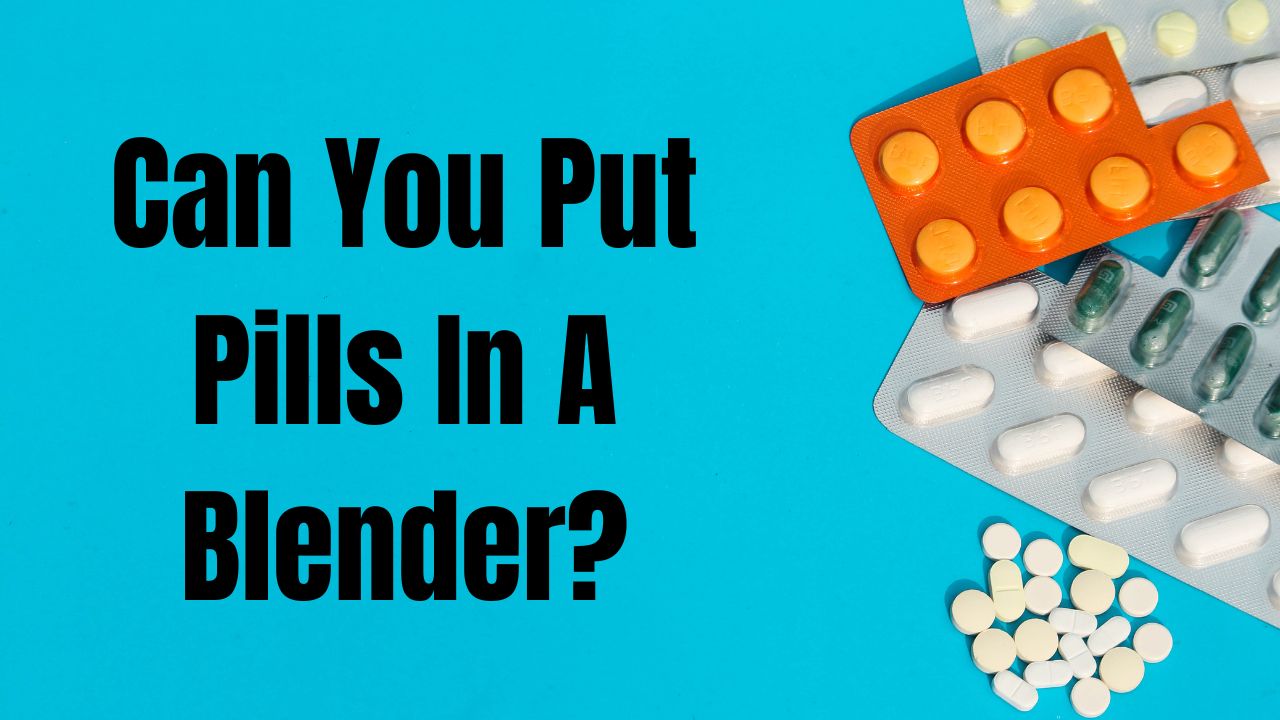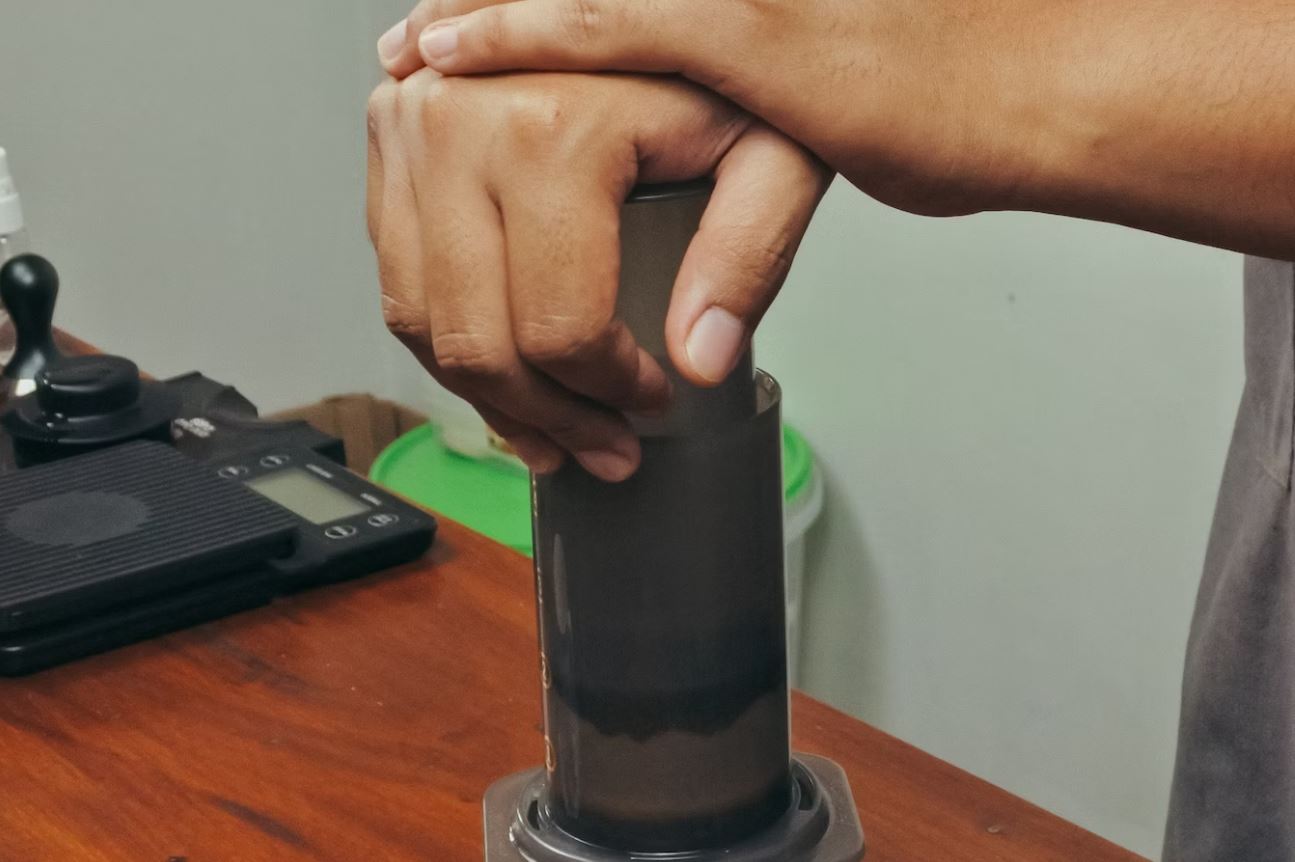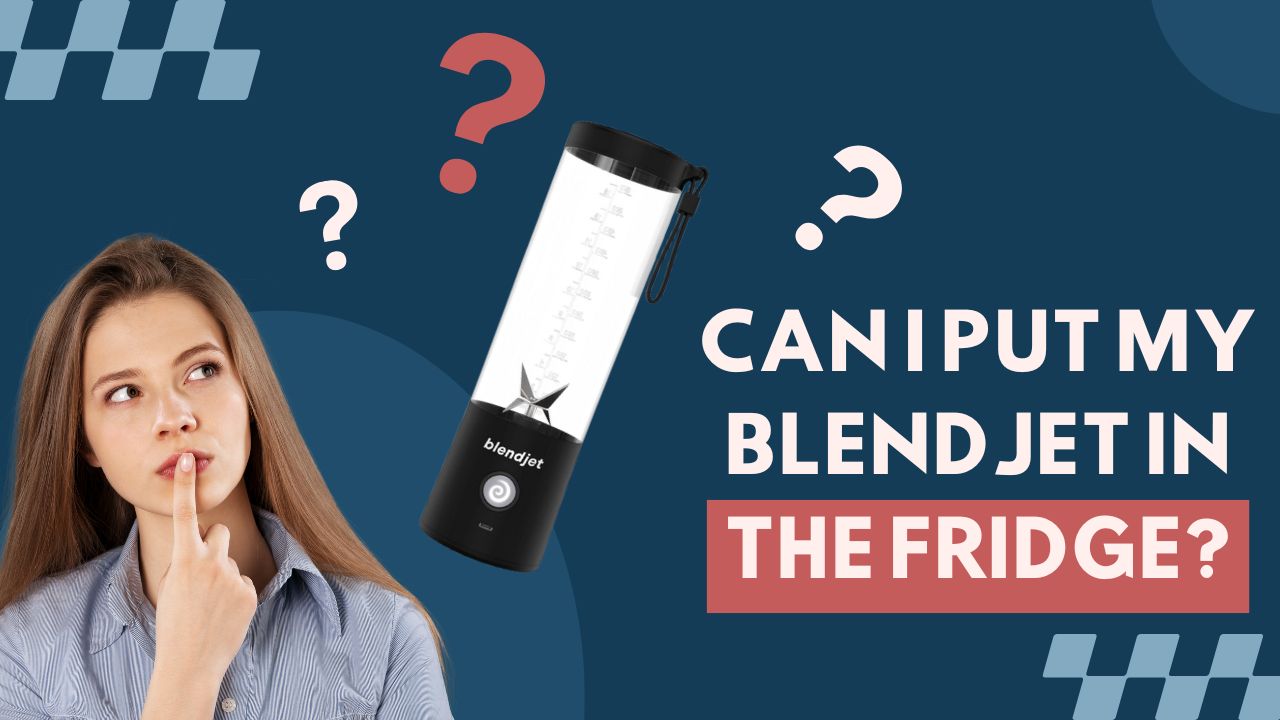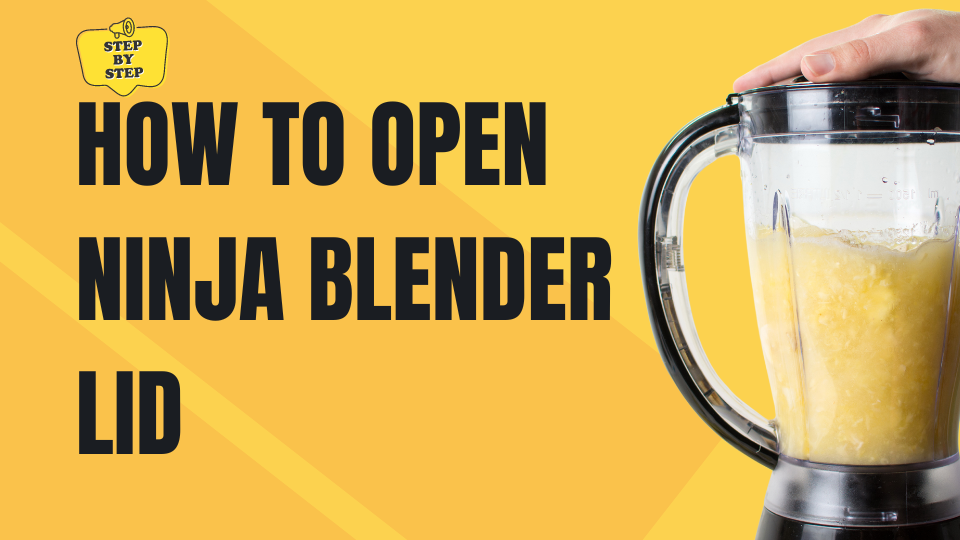· Robert Myers · tutorials · 9 min read
Can You Put Pills in a Blender? Safe & Smooth Mixing Tips
Safe blending of pills with pros, cons, and tips for effective medication consumption.

I have come across many individuals who have trouble swallowing pills, whether due to physical difficulties or personal preferences. Blending pills is becoming an increasingly popular alternative that can make medication easier to consume. However, many people are hesitant to try this method because of concerns about safety and effectiveness. In this article, I will address the main question of whether it is safe to put pills in a blender and provide tips for smooth and effective blending.
Key Takeaways:
- Blending pills is a popular alternative for those who have trouble swallowing medication.
- Many people are concerned about the safety and effectiveness of blending medication.
Table of Contents
- Blending Pills: Pros and Cons
- Safety Measures for Blending Pills
- Alternative Ways to Take Medication
- Blending Medication: Step-by-Step Guide
- Smooth Mixing Tips for Blended Medications
- Factors to Consider When Blending Medication
- Conclusion
Blending Pills: Pros and Cons

Blending medication and pills has both advantages and disadvantages that are important to consider before deciding whether or not to blend pills. Here are some of the main pros and cons to keep in mind.
Pros of Blending Pills
- Easier consumption: Blending pills can make it easier for some people to take their medication, especially if they have difficulty swallowing pills or have a sensitive gag reflex.
- Improved absorption: When pills are blended, they can be broken down into smaller pieces, which may improve their absorption in the body.
- Enhanced taste: Blending medication with other ingredients can help to mask unpleasant tastes, making it more palatable for some people.
- Customizable dosage: Blending pills allows for more precise dosage measurements, which can be especially helpful for individuals who require customized dosages.
Cons of Blending Pills
- Loss of potency: Some medications can lose their potency or effectiveness when they are blended, so it’s important to check with a healthcare professional before blending any medication.
- Increased risk of side effects: Blending certain medications can increase the risk of side effects or adverse reactions. Again, it’s important to consult with a healthcare professional before blending any medication.
- Difficulty achieving consistent blend: Achieving a consistent blend can be challenging, particularly if the pills have different sizes or are made from different materials.
- Time-consuming: Blending pills can be a time-consuming process, especially if multiple pills need to be blended together.
Ultimately, whether or not to blend pills depends on individual circumstances and preferences, and should be discussed with a healthcare professional. While there are some potential benefits to blending medication, there are also risks and drawbacks that need to be considered before making a decision.
Also read My Blender is Smoking: How to Safely Handle the Situation
Safety Measures for Blending Pills
Blending pills can be a convenient way to make medication easier to consume, but it is important to take safety measures to avoid any potential risks.
First and foremost, it is essential to consult with a healthcare professional before blending any medication. They can provide personalized advice and ensure that the medication is safe to blend. Never blend medication without seeking medical advice first.
When preparing the pills for blending, ensure that they are clean and free of any debris. If necessary, rinse them with water and dry thoroughly before placing them in the blender. It is also important to select the right type of blender for the job. A high-speed blender is generally preferable for blending pills, as it can ensure a smooth consistency.
Always follow the manufacturer’s instructions for the blender and adjust the speed and time accordingly. Blending for too long or at too high of a speed can cause excess heat, which may compromise the effectiveness of the medication.
After blending the pills, be sure to clean the blender thoroughly to avoid any cross-contamination. Use soap and hot water to clean all the components of the blender, including the blades.
Finally, store the blended medication in a clean, a
irtight container in a cool, dry location. Label the container clearly and note the expiration date of the medication, as well as the date it was blended.
Also read My Blender is Smoking: How to Safely Handle the Situation
Alternative Ways to Take Medication
While blending pills can be a convenient option for some, it may not be suitable for everyone. Fortunately, there are alternative methods of taking medication that you can explore if blending is not an option for you.
Crushing Pills Manually
One simple alternative is to crush your pills manually using a mortar and pestle or by placing them inside a plastic bag and crushing them with a rolling pin. This can be a good solution for individuals who cannot use a blender or who prefer a more hands-on approach to preparing their medication.
Alternative Dosage Forms
If swallowing pills is an issue, you may want to consider alternative dosage forms like chewable tablets or capsules that can be opened and mixed with food or beverages. Liquid forms of medication are also available for individuals who have difficulty swallowing or need a different method of administration.
Remember to always consult with your healthcare professional before making any changes to your medication regimen.
Blending Medication: Step-by-Step Guide
Blending medication can be a helpful solution for individuals who experience difficulty swallowing pills or desire a more palatable way to consume medication. Here is a step-by-step guide on how to blend pills safely and effectively:
Step 1: Select the Right Ingredients
It’s important to choose the right pills and compatible ingredients for blending. Consult with a healthcare professional to ensure that the medications are suitable for blending and will not interact negatively. Additionally, select liquids or other ingredients that will aid in the blending process and enhance the taste.
Step 2: Prepare the Pills
Before blending, ensure that the pills are in the correct form and size for optimal blending. Consider crushing larger pills or breaking them into smaller pieces to ensure consistent blending. It’s also important to remove any coatings or shells that may not blend properly.
Step 3: Adjust the Settings on the Blender
Adjusting the blender to the proper settings is important for achieving the desired consistency. Start on a low speed and gradually increase until the desired blend is achieved. Be cautious not to over-blend as this can lead to the breakdown of medication.
Step 4: Blend for Optimal Results
The amount of blending time needed depends on the specific medications and ingredients used. It’s recommended to blend for at least 30 seconds, with a longer time for more complex blends. Stop blending when the desired consistency is reached.
By following these steps, blending medication can be a safe and effective way to consume pills. However, it’s essential to consult with a healthcare professional and follow all safety measures to prevent potential risks.
Also read What Are Different Blender Blades Used For? Your Key to Better Cooking
Smooth Mixing Tips for Blended Medications
If you’ve decided to blend your medication, you want to make sure it’s as smooth and easy to consume as possible. Here are some tips to help you achieve a well-blended, consistent medication:
- Choose the right liquids: Adding appropriate liquids can help the blending process. Water and juice are commonly used liquids, but you can also try milk or almond milk for a creamier texture.
- Adjust the consistency: Depending on the medication, you may need to add more or less liquid to achieve the desired consistency. A thicker consistency may be better for some medications, while others may require a thinner consistency for easier consumption.
- Handle any challenges: Sometimes, pills can get stuck or clump together during blending. To prevent this, make sure to blend the pills in smaller batches and use a spatula to scrape down the sides of the blender to ensure everything is blended evenly.
- Store properly: Once your medication is blended, make sure to store it properly. Use a clean, airtight container and keep it in a cool, dry place away from direct sunlight.
Following these tips can help you blend your medication safely and effectively for easier consumption. Remember, it’s important to consult with a healthcare professional before blending any medication to ensure it’s appropriate for your needs.
Factors to Consider When Blending Medication

When blending medication, there are several important factors to consider to ensure safety and effectiveness.
Compatibility of Medications:* Not all medications are compatible with each other, and blending them could potentially cause negative interactions. It is important to consult with a healthcare professional before blending any medication to ensure compatibility and safety.
Potential Interactions: Even if medications are compatible, there is still a risk of potential interactions. Some medications may have a negative effect on the way others are absorbed or broken down in the body. A healthcare professional can provide guidance on potential interactions and how to avoid them.
Dosage Measurement: Accurate dosage measurement is crucial when blending medication. It is important to carefully measure out each individual medication and follow dosage instructions carefully. A healthcare professional can provide personalized advice on dosage measurement for specific medications.
Overall, it is important to consult with a healthcare professional before blending any medication. They can provide personalized advice on medication compatibility, potential interactions, and accurate dosage measurement to ensure the safety and effectiveness of blended medications.
Conclusion
After researching and exploring the topic of blending medication and pills, I can confidently say that it is safe to put pills in a blender as long as proper safety measures are taken. However, it is crucial to consult with a healthcare professional before blending any medication to ensure that it is safe and appropriate for individual use.
Blending medication and pills can offer many benefits such as ease of consumption, improved absorption, and enhanced taste. However, it is important to consider the potential risks and drawbacks associated with blending medication. Alternative methods of taking medication, such as crushing pills manually or seeking alternative dosage forms, may be better options for some individuals.
If you do choose to blend medication, it is essential to follow specific safety measures such as selecting the right type of blender, preparing the pills correctly, and ensuring proper cleanliness and sanitation. Additionally, it is important to consider factors such as medication compatibility, potential interactions, and accurate dosage measurement.
Overall, blending medication and pills can be a useful and effective method for easier consumption. However, it is essential to take into account the potential risks and safety measures when doing so. Always remember to consult with a healthcare professional before attempting to blend any medication.




